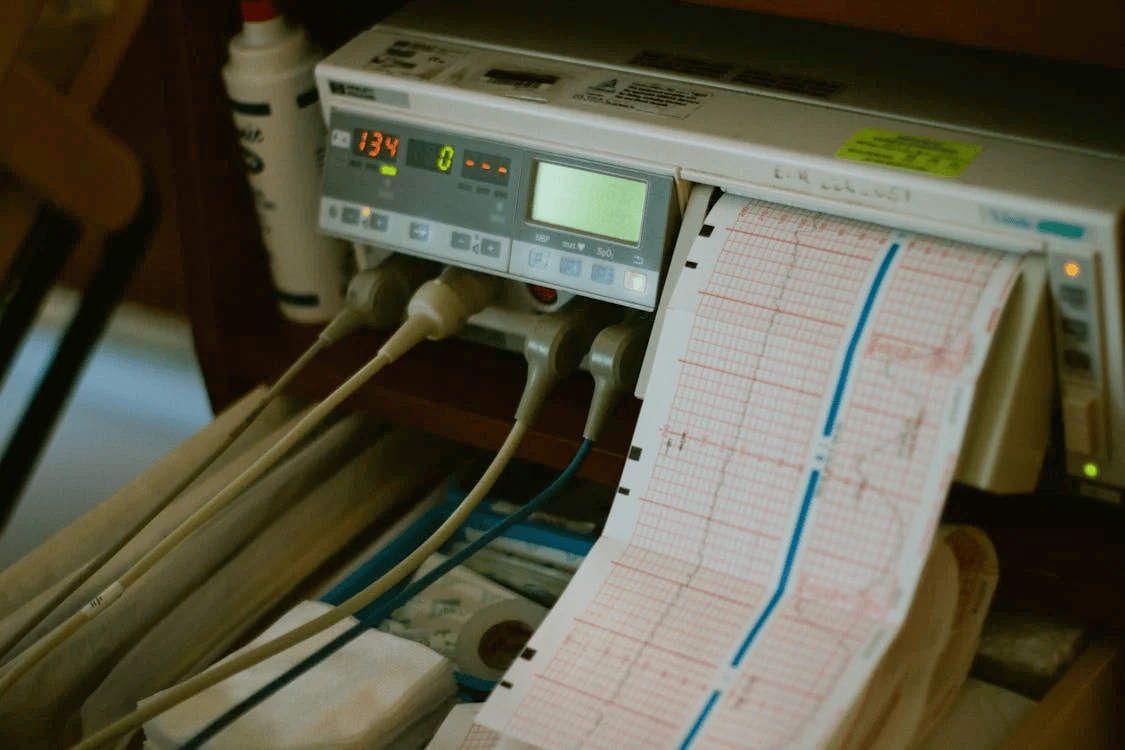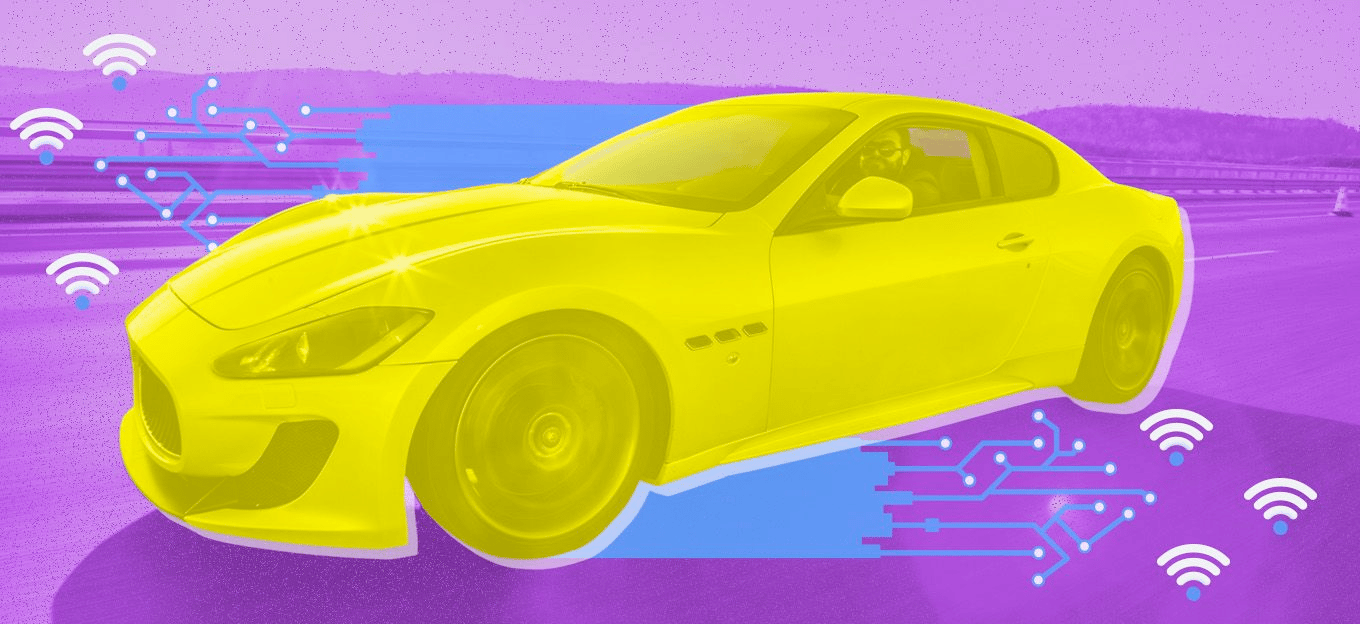- IoT For All
- Posts
- AI knows what's in your heart — and if it will kill you
AI knows what's in your heart — and if it will kill you
And our top AI story of the week
Hello readers,
Welcome to the AI For All newsletter! Today, we’ll be exploring what AI can discover by looking at your heart, AI in the driver’s seat, and more!
AI in Action: What’s in your heart

A team at Columbia University and NewYork-Presbyterian has developed an AI tool called EchoNext that can detect hidden structural heart disease using data from a standard electrocardiogram (ECG)—a widely available, inexpensive test found in most doctors’ offices.
Traditionally, structural heart problems like valve disease or cardiomyopathy require an echocardiogram (ultrasound) for diagnosis, which is more costly and less frequently performed. EchoNext uses deep learning to analyze routine ECG data and identify patients who should be referred for an ultrasound, essentially turning the ECG into a smart screening tool.
Trained on over 1.2 million ECG–echocardiogram pairs from 230,000 patients, EchoNext outperformed cardiologists in identifying structural heart disease from ECGs alone—achieving a 77% accuracy rate compared to 64% for physicians. In a real-world validation across 85,000 ECG patients without prior ultrasounds, the AI tool flagged 7,500 as high-risk. Of the flagged patients who did receive follow-up testing, nearly three-quarters were confirmed to have structural heart disease—twice the typical diagnosis rate in similar populations.
By automating early risk detection, EchoNext has the potential to dramatically scale cardiovascular screening. If broadly adopted, it could help reframe the global healthcare workflow by using the approximately 400 million ECGs performed annually as early warning systems, catching heart disease long before symptoms appear. The team is already piloting EchoNext in emergency departments and has released a deidentified dataset to enable further research and clinical integration.
Create How-to Videos in Seconds with AI
Stop wasting time on repetitive explanations. Guidde’s AI creates stunning video guides in seconds—11x faster.
Turn boring docs into visual masterpieces
Save hours with AI-powered automation
Share or embed your guide anywhere
How it works: Click capture on the browser extension, and Guidde auto-generates step-by-step video guides with visuals, voiceover, and a call to action.
🔥 Rapid Fire
SoftBank and OpenAI’s Stargate struggles to get off the ground
Salesforce study finds LLM agents flunk CRM and confidentiality tests
Gartner predicts over 40% of agentic AI projects will be canceled by end of 2027
Wall Street’s AI bubble is worse than the dot-com bubble, warns top economist
If your electric bill is rising, AI may be one reason
AI coding tools make developers slower per METR study
GitHub Copilot agent is ‘not great’ per viral Reddit post
Anthropic sets new usage limits on Claude Code without telling users
Leaked memo: Anthropic considers “enriching” autocrats to stay afloat
Google users are less likely to click on links when an AI summary appears in results
AI might some day “think” in ways we don't understand, AI researchers speculate
Stanford finds that AI “therapists” encourage users’ delusions and suicidality
Nvidia AI chips worth $1 billion entered China despite US curbs
Google’s AI Mode will help you buy clothes by showing you fake ones
FDA’s artificial intelligence is supposed to revolutionize drug approvals — it’s making up nonexistent studies
Amazon to buy AI company Bee that makes wearable listening device
Google develops AI tool that fills missing words in Roman inscriptions
📖 What We’re Reading
“What if cars could use their own data streams to anticipate problems, guide drivers in plain language, and even integrate with personal digital assistants? Recent advancements in edge computing, AI, and IoT connectivity are poised to make this vision a reality.
Vehicles are quietly transforming into intelligent sensing platforms that don’t just react to faults but predict them. This helps drivers avoid unexpected breakdowns and turn the vehicle maintenance experience into a proactive one.“


